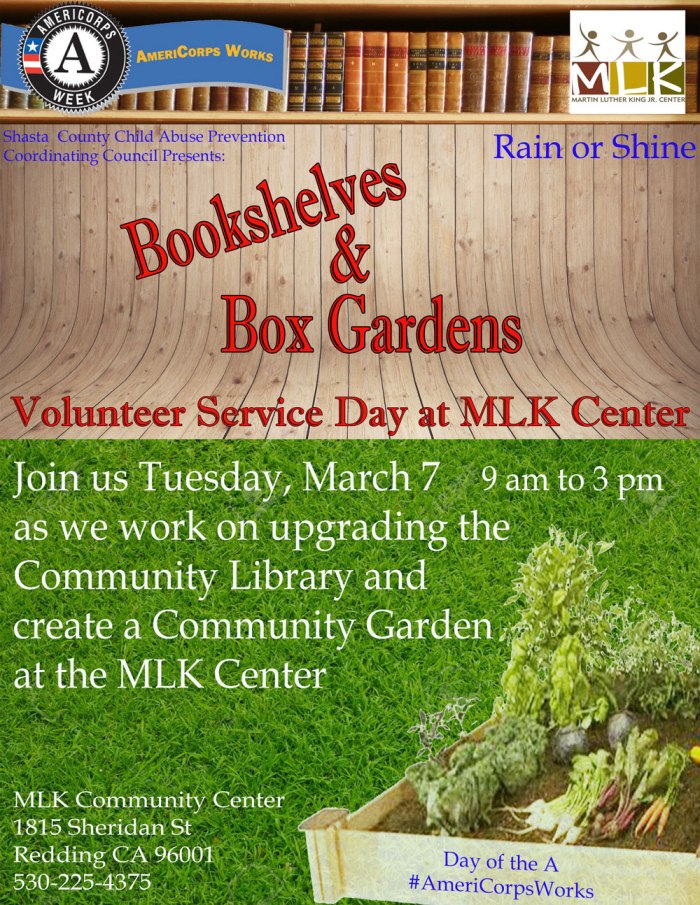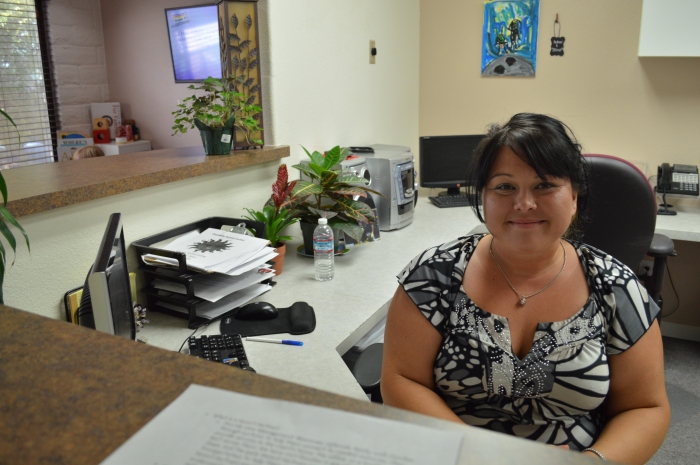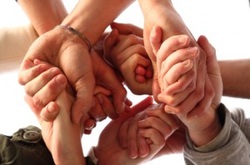An inside prospective of one of our AmeriCorps Member’s Service.

At seventeen and a half she walks into my office slowly, sits down in a rolling chair, quietly folds her feet Indian-style under her legs and says, “Jenny, I have to tell you something.” I had been working with her for six months at this point, and had been through a series of trials and errors filled with successes and failures, and without her even opening her mouth to speak the words, I knew exactly what was coming. She pauses, leans forward and laughs awkwardly, trying to find the space in her mind to say the words out loud, before finally blurting, “I found out I’m pregnant.”
It is not an unusual admittance for teens in “The System” by any means: they live a risk-filled lifestyle of failed coping mechanisms, alcohol and drug reliance, and unprotected promiscuity. To ice the cake, they all run in the pack together. This client in particular struggled with years of addiction, emotional abuse, and habitual self-sabotage stemming from a childhood I couldn’t even begin to describe. I knew her friends; I had met her father; I had been to her house, and for several months straight was the sole provider of transportation to get her to and from her high school. The team was endlessly working hand-in-hand to bring her to a state of awareness, of health, and to a place where she could realize her full potential. She did well and was committed to school, worked the program flawlessly on the good days, and always had a smile on her face. She matched the effort we put in with every step without fail – but I found myself looking at her that morning, wondering how this new chapter was going to fold out.
The first few months seemed a bit surreal to her. We spent each meeting in a flurry of resource hand-offs, appointments, intakes, and check-ins. We went from community partner to community partner, praising her sobriety, her resilience, and her strength. We talked in staffings about whether or not the reality had set in for her. Then, her best friend went on the run. We waited in tension for the call we knew was coming. Two days later, her father called and said, “I haven’t seen her.”
In all of the time we had spent in resourcing, we all were wondering the same thing: will this stick? Will she stay? Will this be enough? That morning phone call set in with a hurried worry for all of us – we were no longer looking for one child who had hopped out of the house in the night, but three. Resources came to a fast pause, and our team relayed information faster than Olympian runners. Where had she been seen? What family members had she been in contact with? Where was mom? Were the girls together? Where is dad? What do we need to do now?
We knew that once she was found, things were going to get much, much more difficult for this case. We were not wrong. When, finally, her best friend turned herself in, and four days later her father calls us saying “She’s been here for a few days , she’s smoking a joint on my bed,” our wheels went back into motion on a road filled with potholes and toll fees. It became a rushed process of one step forward, a hit in the head with a hammer, two steps back and “We have another meeting in three weeks.” Our team grappled in frustration at The System hesitating on decisions for a teen direly in need of a new home, a new life. We passed the time doing mock grocery trips, budgeting sheets, tallying the costs of baby supplies, talking about bills and credit and “real life,” all while pulling her in and out of custody, waiting for a better home to send her to. We heard back from group homes and placements that refused her: a pregnant teen with a meth habit and a criminal history, come to find out, is very hard to find a home for.
We spent weeks tallying the resources she had become involved with, quantifying her progress, pushing at meetings and simply not shutting up. “What’s next?” were the words after every hallway stop-in, but it still felt like we were scrambling. Months of pulling teeth to try and get her into an independent living situation, a live-in mentor in the apartment, as many resources as we could. But, even amid all of the work, we still had the same question on our mind: Were we making a difference, was she changing?
She walked the mall with me in her orange and blues, and each day we met I watched the heaviness of her stomach slowly weigh into her brain. She was growing weary of the System’s struggle. The team lamented the three months of waiting with her, all of us on the edge of our seats in weekly meetings endlessly frustrated by, “We will come back to this next time.” Finally, during a team meeting, sitting across from her in a brick room with her Probation Officer, Drug and Alcohol Counselor, Mental Health Clinician, and Parent Partner, she cried, “I just want to be ready, I want to get out of here so I can be prepared.” We heard the emotional echoes of the silent room, her wiping tears from her face. We heard her thinking I don’t feel like that is going to happen, I feel like I’m going to fail. We had a collective moment, each team member sharing glances with one another. Was this the girl who had been sitting cross-legged at my desk six months ago? No, not by any means.
This is not the end of the story, and our success isn’t the home we find her. Our struggle in placing her hasn’t ended. We are still running over road block after road block. However, she sits patiently, listening, gears turning in her mind, collaborating with us, telling us what she needs and what she has changed. She doesn’t need to tell us, we see it, but we listen; we give her the support and share in her celebrations. She smiles, showing us all a picture of a sonogram, proudly exclaiming, “I’m naming him Alex.”
My job is to teach her, to get her prepared, but she returns the favor. I learn from her daily. Successes are not simply the slaying of the dragon at the end of the book; they’re the steps you take in the journey, and the growth and strength you gather to hold the sword to begin with. And, while we are still waiting with bated breath on which option we can take for her, to keep her with us and surrounded by the support she has been given, the movement I see her in her heart, given as a gift from the movement in her belly, is a story of success, and a story of a hope that we hope she continues to see for a life she was never given.
* All names have been changed for staff and client confidentiality







